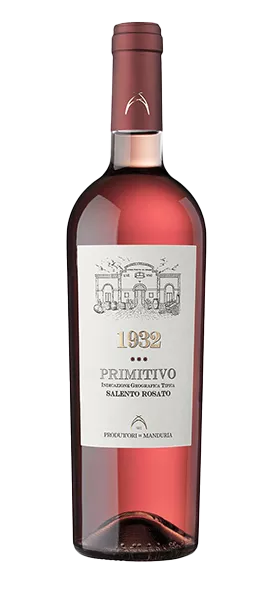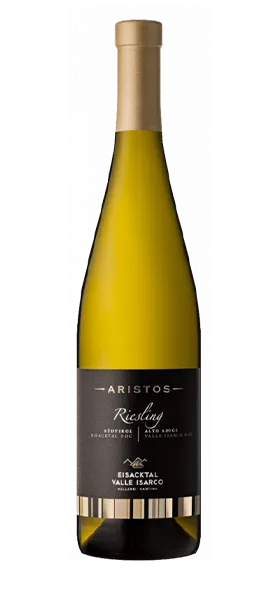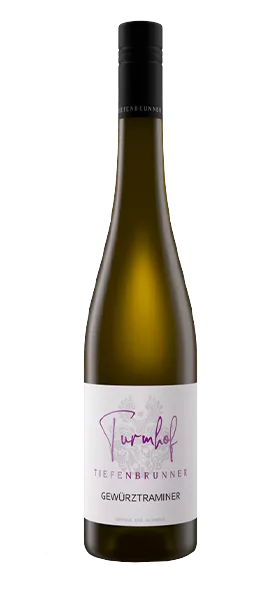Chinese cuisine is among the most popular in the world: rich in flavour, intense aromas and a unique mix of ingredients ranging from sweet to savoury, from fried to steamed. Iconic dishes full of contrasts, unique aromas and flavours: Chinese culinary specialities are true symbols of conviviality and taste
But which wines are ideal to accompany enhance traditional Chinese dishes?
In this guide, we help you choose the best wines to pair with Chinese cuisine, with Italian labels and international perfect to accompany every course, from starters to desserts, and turn every take-away or home-cooked meal into a gourmet experience.
Chinese cuisine: perfect ingredients, cooking and wines to enhance it
Ginger, soy sauce, chilli, garlic, tofu, crispy vegetables, marinated meat and fresh fish are just some of the iconic ingredients of Chinese tradition. Cooking techniques - such as wok-frying, steaming and long marinating - result in rich, intense and aromatic dishes.
To accompany them, one needs wines capable of balancing or contrasting these sensory profiles:
- Aromatic and fresh white wines: for delicate or spicy dishes.
- Young, fruity reds: perfect with meat, sweet and sour and spicy dishes.
- Lively bubbles: ideal for fried food and appetisers.
- Sweet and light wines: to end with less sugary but fragrant Chinese desserts.
Carousel of wines selected by Svinando
Chinese starters: dim sum, dumplings and spring rolls
Starters are often fried or steamed and accompanied by savoury or sweet and sour sauces. They require light wines with good acidity and aromaticity, which help to cleanse the palate and enhance the delicate spices.
- Prosecco DOC: bubbles are ideal for fried wontons and spring rolls, as they lighten the frying and give freshness.
- Gewürztraminer: perfect with steamed dumplings for its spicy and floral notes reminiscent of ginger and coriander.
- Dry Riesling: excellent for dim sum and mixed hors d'oeuvres, thanks to the acidity balancing soy and light spices.
Tip: choose a Prosecco brut to enhance the crispness of the fried food and a Gewürztraminer if the filling is spicy meat.
Noodles, rice and pasta dishes: chow mein, egg fried rice, glass noodles
Dishes rich in umami and often with mixed ingredients (vegetables, eggs, shellfish) require balanced wines, not too intense, but capable of supporting the savouriness.
- Pinot Grigio: versatile and delicate, goes well with glass noodles and egg fried rice.
- Sauvignon Blanc: its green and citrus notes contrast with soy sauce and accompany vegetable dishes such as sautéed bok choy.
- Vermentino: excellent for chicken or prawn chow mein, due to its freshness and minerality.
Tip: if your dish contains shellfish, favour whites with a saline profile. For vegetarian versions, choose more fruity and aromatic labels.
Main meat dishes: kung pao chicken, peking duck, lemon chicken, sweet and sour pork
Meat dishes in Chinese cuisine are often rich, spicy, sweet and sour or slightly spicy. They require wines with good structure, soft tannins and sufficient acidity to support the complexity of flavours and elaborate cooking.
- Chianti: perfect with sweet and sour pork thanks to the balance of acidity, body and light tannins that counteract the sweetness of the sauce.
- Merlot: round and fruity, it is ideal for peking duck. Its smoothness envelops the succulent meat without overpowering the marinating spices.
- Barbera d'Asti: excellent for spicy dishes like kung pao chicken. The bright acidity cuts through the frying fat and enhances the chilli.
Tip: if the dish has a sweet component (such as lemon chicken), choose a red with docile tannins and fruity notes; for spicier dishes, a fresh red is needed.
Fish and shellfish: spicy prawns, noodle soup, sea glass noodles
Fish dishes in Chinese cuisine are often spiced or marinated with soy sauce, ginger and garlic. Shellfish can be served fried, steamed or sautéed in a wok. In all cases, a delicate but structured wine with mineral or citrus notes is needed.
- Falanghina: the citrus freshness and slight savouriness go perfectly with spicy prawns and wok-fried dishes.
- Non-barrel Chardonnay: excellent with light soups and delicate fish dishes, such as noodle soup with chicken or fish broth.
- Etna Bianco: mineral and vertical, goes well with more elaborate or spicy fish dishes, such as glass noodles with squid or prawns.
Tip: prefer wines that are not aged in wood to avoid covering up the delicacy of the fish. Bubbles or volcanic whites are perfect for Chinese seafood cuisine.
Hot pot: the convivial dish par excellence
The Chinese hot pot is an experience to be shared. Each diner cooks different ingredients (meat, vegetables, tofu, fish) in a spicy or mild broth. The combination depends on the base chosen.
- Gewürztraminer: ideal for spicy Sichuan-type broth.
- Etna Bianco or Soave Classico: perfect for delicate ingredients or neutral broths.
- Bardolino Chiaretto del Garda or Puglia rosé: excellent for mixed meat-fish hot pots.
Tip: offer two different wines at the table - one white and one light red - and leave the guests free to choose.
Chinese desserts and sweet combinations: fortune cookies, fried ice cream, sticky rice dumplings
Chinese sweets are often less sugary than Western ones, but very aromatic. Among the most popular are fortune cookies, fried ice cream, steamed sweet bao and sticky rice cakes. They serve sweet wines light and aromatic that accompany without covering.
- Moscato d'Asti: fresh, fruity and with light bubbles. Perfect with fortune cookies and fried ice cream for a refreshing finish.
- Brachetto d'Acqui: sweet, slightly sparkling red, accompanies rice cakes and candied fruit preparations.
- Passito di Pantelleria: if you want to be daring, a more structured and complex sweet wine for richer or cream-based desserts.
Tip: avoid excessively sweet wines if the dessert is delicate. With fried ice cream and steamed desserts, an aromatic but low-alcohol wine is best.
DISCOVER RED WINES TO PAIR WITH CHINESE FOOD
DISCOVER WHITE WINES TO PAIR WITH CHINESE
DISCOVER SPARKLING WINES TO PAIR WITH CHINESE FOOD
From Svinando's blog
Why Pinot Noir is perfect (always) and what dishes it goes with
Gewürztraminer: everything you need to know






